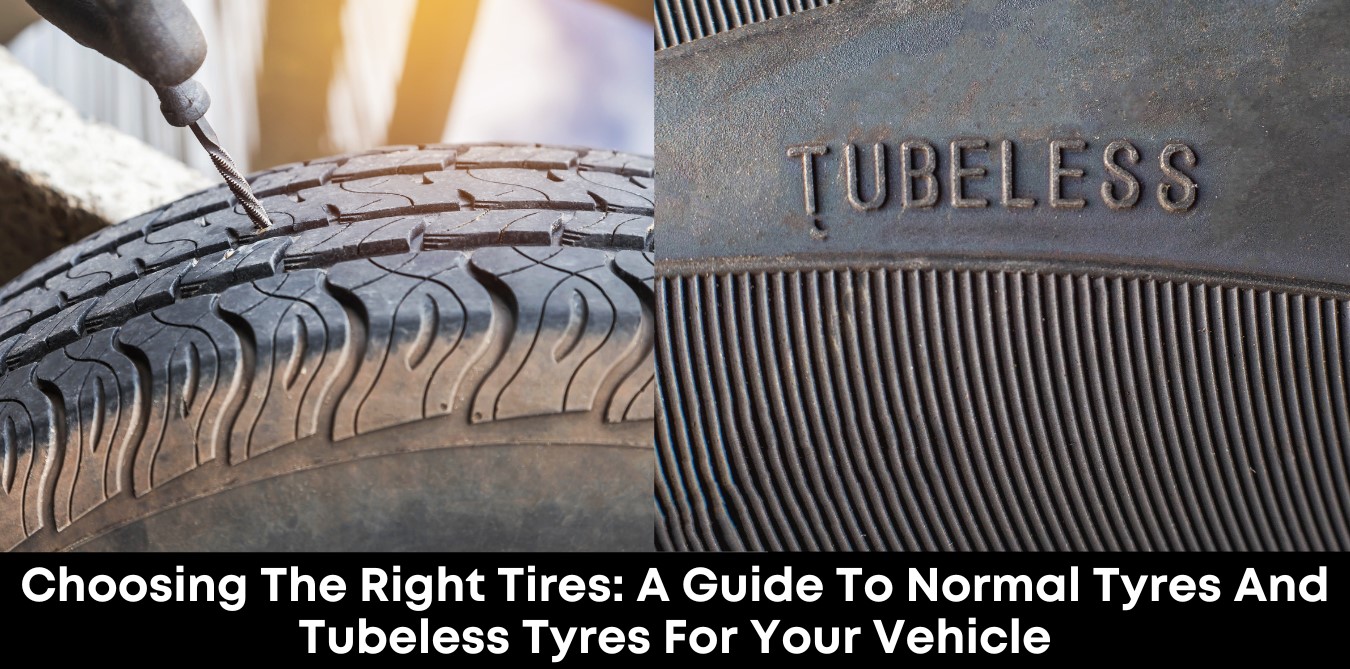
Choosing the Right Tires: A Guide to Normal Tyres and Tubeless Tyres for Your Vehicle
On the Road: Navigating the Differences Between Normal Tyres and Tubeless Tyres
When it comes to selecting tires for your vehicle, the choice between normal tires and tubeless tires is a critical decision that can impact your driving experience. In this article, we’ll delve into the characteristics, advantages, and considerations of both types to help you make an informed decision.
Understanding Normal Tyres
1. Construction and Design
Normal tires are constructed with an inner tube that holds the air pressure. The tube is placed inside the tire, and it requires careful installation.
2. Puncture Repairs
In the event of a puncture, repairing a normal tire can be more complex as it involves addressing both the tire and the inner tube.
3. Affordability
Normal tires are generally more budget-friendly in terms of initial cost, making them a common choice for various vehicles.
Exploring Tubeless Tyres
4. Construction and Sealing
Tubeless tires do not have an inner tube; instead, the tire itself forms an airtight seal with the wheel rim. This design helps prevent air leakage.
5. Puncture Repairs
Tubeless tires are easier to repair in the case of punctures, often requiring a simple plug or patch on the tread.
6. Safety and Performance
Tubeless tires are known for better stability, improved fuel efficiency, and enhanced safety due to their ability to maintain air pressure more effectively.
Factors to Consider
7. Driving Conditions
Consider the typical driving conditions you encounter, such as off-road terrain or smooth highways, as it can influence your tire choice.
8. Maintenance and Repairs
Evaluate the ease of maintenance and repair for your preferred tire type, especially if you plan on handling minor issues yourself.
Choosing between normal tires and tubeless tires involves assessing your driving needs, maintenance preferences, and budget considerations. Both types have their merits, and selecting the right one can enhance your driving experience.

